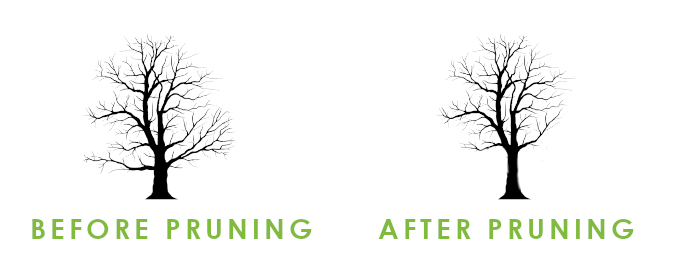24/7 Emergency Tree Services
Cabling
Lot Clearing
Tree Pruning and Trimming
Stump Grinding
Tree Removal
Lightning Protection
Municipal
Commercial
Serving All of Michigan
Pruning, also known as, “trimming,” is done to aid in the development of good structure in growing trees and shrubs. It involves the removal of crossing, co-dominant, dead, diseased, dying or broken limbs to prevent the spread of diseases and safety hazards. If improperly done, it can be a source of stress on mature trees and shrubs and that is why our highly experienced Arborists make all cuts according to the ANSI A300 standard. This practice allows for maintaining space between buildings, streets, utility lines and other plants and providing necessary clearances while preserving and improving the natural structure of trees and shrubs. Learn more about our pruning options and best practices below!
CLEARANCE PRUNING
IMPROPER PRUNING TECHNIQUES
Thinning – cutting the limbs to the point of origin
Topping – involves large cuts that can lead to decay
Get a Quote
Use the form below to send us an email. We'll get back to you as soon as we can. If it's an emergency, give us a call immediately at (616) 262-7774



